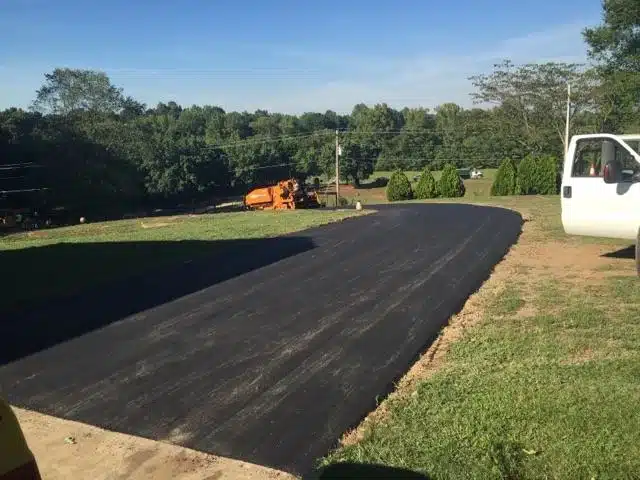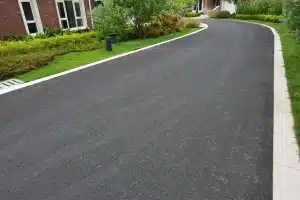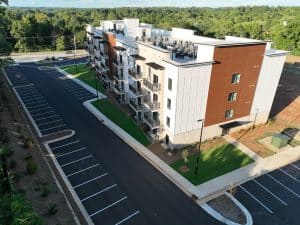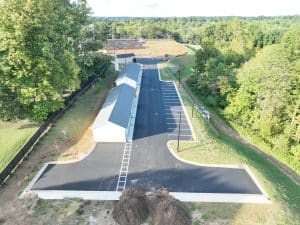What is the Best Season for Asphalt Paving?
One of the questions most frequently posed about asphalt paving, is when the ideal time would be for installing a new asphalt surface. Of course, any homeowner would ideally want their new asphalt driveway installed at the optimal time of year, since it represents a fairly substantial financial investment. Everyone wants the best possible result from their investment, and they would also like a driveway which holds up for a good many years. Here are some guidelines about optimal times for installing any kind of asphalt surface, whether it be a driveway, a parking lot, or even possibly a local roadway.
Optimal seasons and temperatures
The very best time for carrying out any kind of asphalt paving projects are during the spring and summer months of the year. The absolute best temperature for asphalt paving is at least 70°F. Of course, the temperature can be as low as 50°F in order to achieve good results, but the very best results will always be obtained when the temperature is at least 70°.
There is no question that warm weather is optimal for installing any asphalt surface, and for that reason summer is the best season for conducting any asphalt paving projects. Along with temperature, you should also consider such weather conditions as how windy it will be, and the level of precipitation which will be falling during a paving project. If winds are strong when asphalt paving is underway, it can actually cool the asphalt too soon, perhaps even while it’s being laid.
This will eventually cause problems, especially when the temperature is much closer to 50° than it is to 70°. It’s also not a good idea to carry out any asphalt paving project when heavy rains are expected during the actual paving, or in the immediate aftermath. Rainfall can interfere with the ability of the asphalt to set properly, and that could damage the eventual results. You’re much safer to plan an asphalt paving project when you can anticipate a three or four day window of dry weather for your project.
Paving in less than ideal temperatures
When temperatures are below 70°, it’s not only less than ideal for an asphalt paving project, but it will probably also shorten the window where asphalt can actually be installed. In some cases, this will call for the paving to be carried out very quickly, and rushing the project is never a good idea. There will be far fewer problems associated with installing during the heat of summer, and that’s why it’s the best time of the year for paving.
However, even in summer a few problems might develop which can hinder the process. It’s well-known that asphalt retains more heat than most other construction materials, and it will generally be somewhere between 40° or 60° warmer than air temperature. So if you live in a very warm area and the temperature soars as high as 100°, that probably means that the surface of your asphalt driveway is somewhere around 140° or possibly 160°.
When asphalt is first laid down, it will be somewhere between 175° and 275°F, so if the temperature of your surface should reach 160°, that will be close to its temperature when originally installed. That could create a problem with the stickiness of the surface, since it will tend to revert back to its original, moister state. Generally speaking, there are many more problems associated with asphalt paving in cooler weather than there are in warmer weather. So if you’re wondering about when to tackle your next asphalt paving project, try to schedule it for early summer if at all possible.







